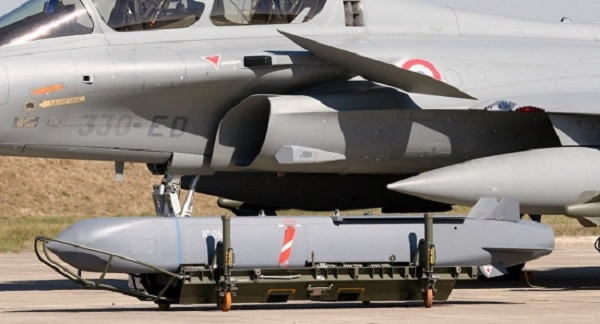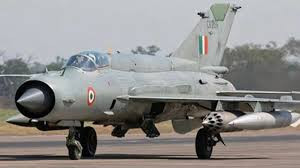Hammer and Scalp: Inside the High-Tech Arsenal India Used in Operation Sindoor Against PoK Terror Camps

IIE Digital Desk : These air-to-ground weapons, both known for their accuracy and deep-strike capabilities, were deployed in a covert and coordinated manner, allowing the Indian forces to hit targets hidden in the rugged and fortified terrain of PoK. The operation, believed to have been conducted over two days, was reportedly carried out using Indian Air Force (IAF) assets, with the Hammer and Scalp systems enabling surgical-level precision without risking ground troops.
The HAMMER (Highly Agile Modular Munition Extended Range) missile, of French origin, has become a crucial part of India’s airstrike toolkit, especially after its integration with the Rafale fighter jets. The missile is capable of hitting fortified bunkers, underground shelters, and mobile targets with pinpoint accuracy. In Operation Sindoor, it is believed that the HAMMER missiles were used to destroy key launchpads located near the Line of Control, including camps near Kel, Athmuqam, and Tattapani.
Meanwhile, the SCALP missile, a long-range cruise missile also integrated with the Rafale jets, provided India with the ability to strike deep into enemy territory — up to 500 kilometers away — while maintaining complete stealth. Defence sources indicate that the Scalp missiles were used to target terror infrastructure in the more remote regions of Leepa Valley and Jura, which are otherwise heavily guarded and surrounded by difficult terrain. These camps were reportedly used as training grounds and logistic bases by terror outfits such as Lashkar-e-Taiba and Jaish-e-Mohammed.
What sets both these missiles apart is their ability to minimize collateral damage while ensuring destruction of the intended targets. Equipped with high-precision navigation and terrain-following capabilities, both the Hammer and Scalp missiles are ideal for mountainous warfare — conditions that perfectly matched the landscape of PoK.
Though the Indian government has yet to issue a formal confirmation, sources within the defense establishment have hinted that the use of these advanced systems was a carefully considered move. The operation was carried out in response to the recent surge in infiltration attempts and terror activities in Jammu and Kashmir, including a spate of attacks on Indian security forces in Rajouri and Poonch.
Strategic analysts suggest that the decision to use the Hammer and Scalp missiles also sends a clear signal to Pakistan and the global community — that India is not only prepared but also equipped to neutralize threats at their origin. “The deployment of such precision weapons shows the kind of technological evolution the Indian military has undergone. It’s not just a show of strength, it’s a message of readiness,” said a retired Air Marshal.
Pakistan has so far remained tight-lipped, with only unverified local reports hinting at “aerial activity” and explosions near the LoC. However, the precision and distance involved strongly suggest that the weapons used did not require Indian aircraft to cross into Pakistani airspace, mirroring the tactics used during the 2019 Balakot airstrike.
With Operation Sindoor, India has once again demonstrated its ability to strike terror infrastructure without triggering a wider conflict, relying on superior technology, intelligence, and strategy. The deployment of the Hammer and Scalp missiles underscores a shift in India’s military doctrine — from defensive posturing to proactive counter-terrorism beyond borders.
You might also like!















